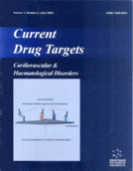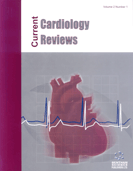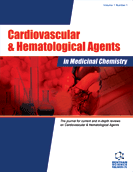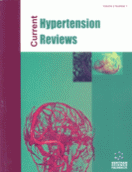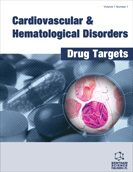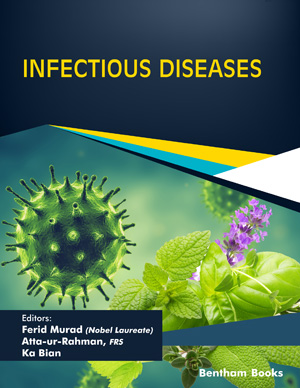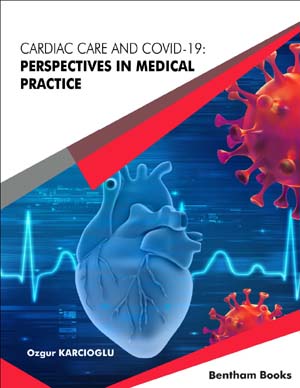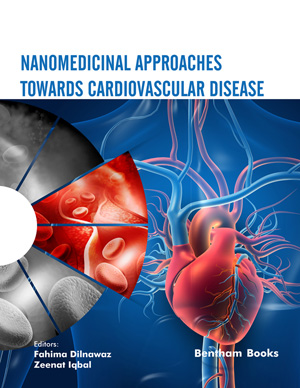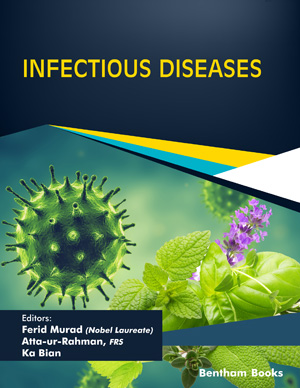Abstract
The term critical limb ischemia refers to a condition characterized by chronic ischemic at-rest pain, ulcers, or gangrene in one or both legs attributable to objectively proven arterial occlusive disease. Critical limb ischemia implies chronicity and is to be distinguished from acute limb ischemia. Its incidence is approximately 500 to 1000 per million year, with the highest rates among older subjects, smokers and diabetics. The rate of primary amputation ranges from 10% to 40%, and was performed only when no graftable distal vessels were present, or in neurologically impaired or hopelessly nonambulatory patients. Contrarily, in some highly specialized and aggressive centres about 90% of patients with CLI had an attempted revascularization. Furthermore, patients with critical limb ischemia have an elevated risk of future myocardial infarction, stroke and vascular death, 3-fold higher than patients with intermittent claudication. Therefore, due to its negative impact on the quality of life and the poor prognosis both in terms of limb salvage and survival, critical limb ischemia is a critical public health issue.
Keywords: peripheral arterial disease, critical limb ischemia, arterial occlusive disease, fontaine classification, cardiovascular morbidity, cardiovascular mortality, risk factors, amputation, surgical revascularization
Current Drug Targets - Cardiovascular & Hematological Disorders
Title: Critical Limb Ischemia: Definition and Natural History
Volume: 4 Issue: 3
Author(s): S. Novo, G. Coppola and G. Milio
Affiliation:
Keywords: peripheral arterial disease, critical limb ischemia, arterial occlusive disease, fontaine classification, cardiovascular morbidity, cardiovascular mortality, risk factors, amputation, surgical revascularization
Abstract: The term critical limb ischemia refers to a condition characterized by chronic ischemic at-rest pain, ulcers, or gangrene in one or both legs attributable to objectively proven arterial occlusive disease. Critical limb ischemia implies chronicity and is to be distinguished from acute limb ischemia. Its incidence is approximately 500 to 1000 per million year, with the highest rates among older subjects, smokers and diabetics. The rate of primary amputation ranges from 10% to 40%, and was performed only when no graftable distal vessels were present, or in neurologically impaired or hopelessly nonambulatory patients. Contrarily, in some highly specialized and aggressive centres about 90% of patients with CLI had an attempted revascularization. Furthermore, patients with critical limb ischemia have an elevated risk of future myocardial infarction, stroke and vascular death, 3-fold higher than patients with intermittent claudication. Therefore, due to its negative impact on the quality of life and the poor prognosis both in terms of limb salvage and survival, critical limb ischemia is a critical public health issue.
Export Options
About this article
Cite this article as:
Novo S., Coppola G. and Milio G., Critical Limb Ischemia: Definition and Natural History, Current Drug Targets - Cardiovascular & Hematological Disorders 2004; 4 (3) . https://dx.doi.org/10.2174/1568006043335989
| DOI https://dx.doi.org/10.2174/1568006043335989 |
Print ISSN 1568-0061 |
| Publisher Name Bentham Science Publisher |
Online ISSN 1568-0061 |
 15
15Related Articles
-
Hypoglycaemia and Cardiovascular Disease Risk in Patients with Diabetes
Current Pharmaceutical Design Hydroxyimine NO-Donors; FK409 and Derivatives
Current Topics in Medicinal Chemistry Modified LDL Immune Complexes and Cardiovascular Disease
Current Medicinal Chemistry Cerebral Ischemia and Angiogenesis
Current Neurovascular Research Low Levels of High Density Lipoprotein Increase the Severity of Cerebral White Matter Changes:Implications for Prevention and Treatment of Cerebrovascular Diseases
Current Alzheimer Research Dabigatran Etexilate Reduces Thrombin-Induced Inflammation and Thrombus Formation in Experimental Ischemic Stroke
Current Neurovascular Research Preventing Vascular Graft Failure: Endothelial Cell Seeding and Tissue Engineering
Vascular Disease Prevention (Discontinued) Pharmacology of Ivabradine and the Effect on Chronic Heart Failure
Current Topics in Medicinal Chemistry Editorial [Hot Topic:Stabilizing the Vulnerable Plaque: The Search for the Magic Bullet (Executive Editors: G. Pasterkamp and M. Daemen)]
Current Pharmaceutical Design Emerging Anti-inflammatory Therapies for Atherosclerosis
Current Pharmaceutical Design Microbial Agents, Immune Function and Atheromatosis: The Chlamydophila pneumoniae Role
Current Immunology Reviews (Discontinued) Phytochemicals to Prevent Inflammation and Allergy
Recent Patents on Inflammation & Allergy Drug Discovery Antibodies for Therapeutic Uses and the Evolution of Biotechniques
Current Medicinal Chemistry Endotoxin, Toll-like Receptor-4, and Atherosclerotic Heart Disease
Current Cardiology Reviews Meet Our Editorial Board Member
Current Aging Science The Metabolic Treatment of Patients with Coronary Artery Disease: Effects on Quality of Life and Effort Angina
Current Pharmaceutical Design Medicinal Plants and Bioactive Compounds for Diabetes Management: Important Advances in Drug Discovery
Current Pharmaceutical Design Are Cerebrovascular White Matter Lesions an Early Sign of Vascular Cognitive Impairment and Vascular Dementia?
Vascular Disease Prevention (Discontinued) Potential New Targets for Antithrombotic Therapy
Current Pharmaceutical Design Lipid-Lowering Drugs Acting at the Level of the Gastrointestinal Tract
Current Pharmaceutical Design


